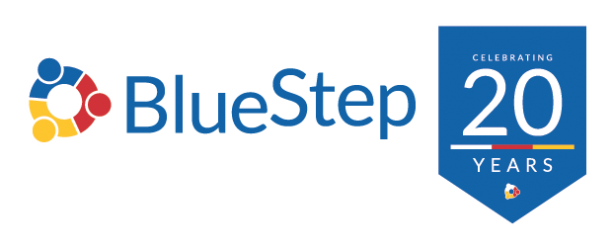The landscape of client care in healthcare is evolving rapidly, driven by technological advancements and changing patient expectations. Today, healthcare providers face the challenge of integrating cutting-edge technology into their practices while maintaining the personal touch crucial to effective client care. This balance is essential in delivering high-quality healthcare that meets the needs of modern patients.
Incorporating healthcare technology into client care offers numerous benefits, including improved efficiency, accuracy, and accessibility of services. However, healthcare professionals must ensure that this technology enhances rather than replaces the human element fundamental to healthcare. The personal touch — the empathetic, compassionate interaction between healthcare providers and clients — remains a cornerstone of effective care.
As we explore this topic, we’ll delve into how healthcare providers can successfully navigate this balance, leveraging the advantages of technology while preserving the personal connection that is at the heart of client care. This balance is key to meeting clients’ evolving needs and shaping healthcare’s future.
The rise of healthcare technology
The healthcare industry has witnessed a remarkable surge in technological advancements that revolutionize the way professionals deliver client care. From Electronic Health Records (EHRs) and telemedicine to wearable health devices and AI-driven diagnostics, technology has become an integral part of modern healthcare. These innovations have streamlined processes, improved accuracy in diagnosis and treatment, and made healthcare more accessible to patients.
One of the most significant benefits of healthcare technology is the enhanced efficiency it brings to client care. EHRs, for example, provide healthcare providers instant access to patient histories, reducing the likelihood of errors and ensuring more informed decision-making. Telemedicine expands the reach of healthcare, allowing patients in remote areas to receive expert care without needing to travel.
Technology also plays a role in preventive care. Wearable devices and health apps enable continuous monitoring of vital signs, encouraging proactive health management. AI and machine learning are making strides in predicting health issues before they become critical, allowing for timely intervention.
However, an over-reliance on technology in healthcare poses some risks. It may lead to a depersonalization of care, where the focus shifts from the patient to the technology. There’s also the risk of data breaches and privacy concerns, given the sensitive nature of health information. Additionally, the reliance on technology might create a barrier for patients who are not tech-savvy, potentially widening the gap in healthcare accessibility.
Therefore, while embracing the benefits of technological advancements, healthcare providers must remain vigilant about these potential risks. Healthcare providers must balance technology with the human element of care to ensure that healthcare remains patient-centered and effective.

The importance of personal touch in client care
Personal touch in healthcare refers to the compassionate, empathetic interaction between healthcare providers and clients; it’s the human element that involves listening, understanding, and connecting with clients on a personal level. This aspect of care influences patient outcomes and satisfaction. When healthcare providers take the time to build relationships with their clients, it fosters trust and comfort, leading to more open communication and better adherence to treatment plans.
It’s impossible to overstate the impact of personal interaction in healthcare. Studies have shown that when healthcare providers demonstrate empathy and genuine concern, patients are more likely to feel satisfied with their care. This satisfaction is not only about comfort; it often translates into better health outcomes. Patients who feel understood and supported are more likely to follow medical advice, attend follow-up appointments, and engage actively in their care.
However, maintaining this personal touch presents challenges in the digital age. With the increasing reliance on technology for diagnosis, treatment, and communication, there’s a risk of healthcare becoming impersonal and transactional. The convenience of digital tools can sometimes overshadow the need for face-to-face interactions, which are essential for building strong patient-provider relationships.
Additionally, the sheer volume of patients and the fast pace of modern healthcare settings can make it difficult for providers to spend as much time as they would like with each patient.
To overcome these challenges, healthcare providers must consciously strive to balance technology with personal interaction. This balance involves leveraging digital tools to enhance efficiency while ensuring that these tools do not replace the human connection that is at the heart of effective client care.
Strategies for balancing technology and personal touch
Balancing technology and personal touch in healthcare requires a strategic approach that integrates digital tools without compromising the human element. The key is to use technology as an enabler of better client care, not as a substitute for personal interaction.
One effective strategy is to integrate technology in ways that enhance the efficiency of healthcare providers, allowing them more time for direct patient interaction. For instance, using EHRs to streamline documentation and administrative tasks helps free up time for healthcare professionals to engage more deeply with their clients. Similarly, implementing telehealth solutions can facilitate more frequent check-ins with patients, especially those unable to visit healthcare facilities regularly.
Training healthcare professionals is crucial for achieving this balance. Healthcare professionals need to understand how to use technology to complement their skills and enhance their ability to provide care. This training should focus not only on the technical aspects of the tools but also on how to maintain empathy and personal connection through digital platforms. For example, when using telehealth services, providers should be trained in communication skills that help build rapport and trust, even through a screen.
There are numerous examples of successful integration of technology and personal touch in healthcare settings. One such example is patient portals that allow clients to access their health information, schedule appointments, and communicate with their healthcare providers. These portals provide convenience and empower patients while still maintaining a personal touch through direct messaging and personalized health tips.
Another example is the use of AI-driven tools for predictive analytics. These tools analyze patient data to identify those at risk of certain conditions. This saves time with diagnosing and analyzing and gives healthcare providers more time to talk to the patient about these risks and potential treatment plans.
The successful integration of technology and personal touch in healthcare involves using digital tools to enhance the efficiency and effectiveness of care, training healthcare professionals to leverage these tools while maintaining empathy, and implementing solutions that empower patients and foster a sense of connection. By adopting these strategies, healthcare providers ensure that technology serves as a complement to, rather than a replacement for, the invaluable personal touch in client care.
Future trends in client care
The future of client care in healthcare is poised to be a harmonious blend of advanced technology and the irreplaceable personal touch. Technology will only continue to evolve, offering even more sophisticated tools to enhance client care. However, the personal touch will always be extremely important, as it’s fundamental to building trust and understanding between healthcare providers and clients.
Emerging technologies like Artificial Intelligence (AI) and machine learning are set to play a significant role in supporting personal touch in client care. Some types of AI assist in analyzing patient data to provide personalized care recommendations, allowing healthcare providers to focus on the human aspect of care, such as empathy and understanding. Virtual Reality (VR) and Augmented Reality (AR) technologies are also on the rise, offering new ways to engage clients in their treatment and recovery processes, making these experiences more interactive and personalized.
To prepare for clients’ evolving needs in a digital world, healthcare providers must stay abreast of technological advancements while honing their interpersonal skills. Training programs will need to emphasize the importance of empathy, communication, and patient engagement alongside technical proficiency. Healthcare facilities should also invest in technologies that improve operational efficiency and enhance the patient experience.
In the future, expect to see more integrated care models where technology and personal touch work hand in hand. This integration will involve using digital tools to gather insights and streamline processes while ensuring that these tools facilitate, rather than hinder, personal interactions. By preparing for these trends, healthcare providers meet the needs of their clients in a way that is both technologically advanced and deeply human.

Implementing effective client care strategies
Implementing effective client care strategies that balance technology with personal touch involves several best practices. Healthcare providers must first recognize that technology is a tool to enhance, not replace, the human aspect of care. When adopting new technologies, they should focus on solutions that streamline administrative tasks and improve patient communication, thereby freeing up more time for personal interaction and answering questions.
One best practice is to involve staff in selecting and implementing new technologies. Doing this ensures that the chosen solutions meet the real needs of both healthcare providers and clients. Regular training sessions are also crucial, helping staff effectively use these technologies while maintaining a focus on empathy and patient-centered care.
The potential benefits of implementing these strategies is huge. For example, a clinic implementing a patient portal system should expect increased patient engagement due to easy access to health records and direct communication with healthcare providers. Another potential outcome is using telehealth services to maintain patient relationships to patients who are homebound or geographically isolated, ensuring continuity of care while providing the necessary emotional support.
To improve client care strategies, healthcare providers have the option to utilize various tools and resources. Digital communication platforms facilitate more frequent and personalized interactions with patients. Data analytics tools help providers understand patient needs in order to tailor their approach accordingly. Additionally, online training resources and professional development courses equip healthcare providers with the skills needed to effectively integrate technology into their practice.
The key to implementing effective client care strategies lies in using technology as an enabler of better care and maintaining the personal touch that is essential to healthcare and patient wellbeing. By adopting these best practices and utilizing the right tools and resources, healthcare providers can ensure they provide high-quality, patient-centered care in an increasingly digital world.
Client care strategies with BlueStep
The balance between technology and personal touch in client care is crucial for the future of healthcare. This balance ensures that while healthcare professionals embrace the efficiency and precision of technology, they also preserve the compassionate, human-centered approach that is fundamental to effective healthcare. Healthcare providers play a vital role in shaping this future, as they are the ones who implement these technologies and interact with clients daily.
At BlueStep, we understand the importance of this balance and offer a variety of medical software systems designed to enhance client care in pharmacies, behavioral health facilities, assisted living communities, and other healthcare settings. We have tailored our solutions to meet the unique needs of each sector, ensuring that technology supports patients and healthcare workers alike.
We invite you to explore BlueStep’s solutions and discover how our technology will help you provide better care, maintain personal connections with your clients, and stay ahead in the rapidly evolving world of healthcare. Contact BlueStep today to get started.

